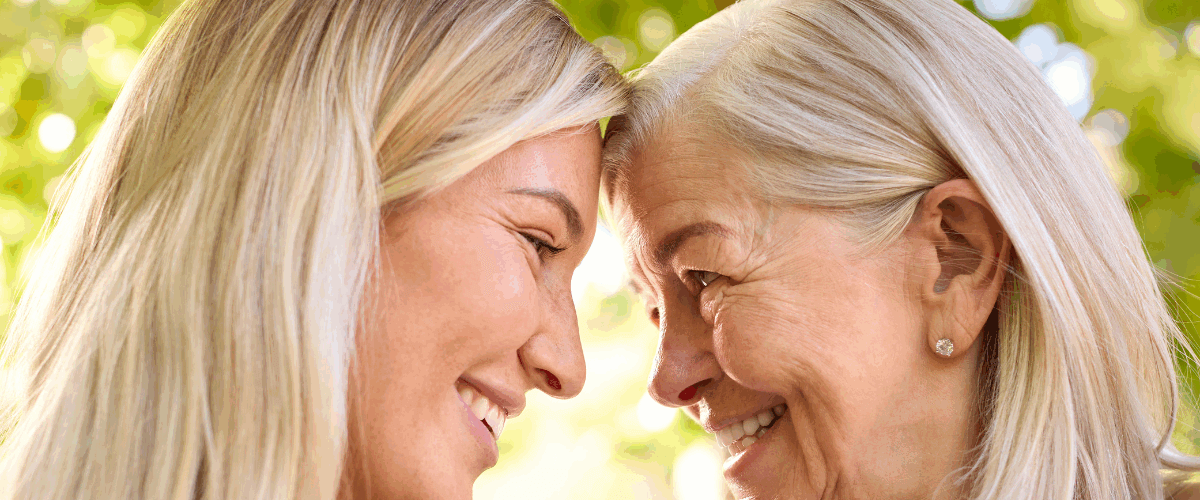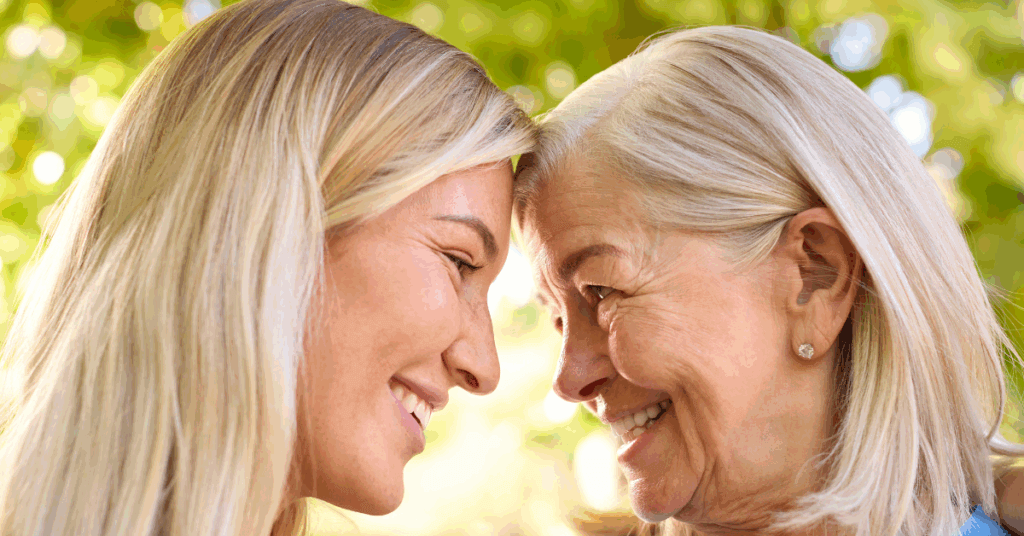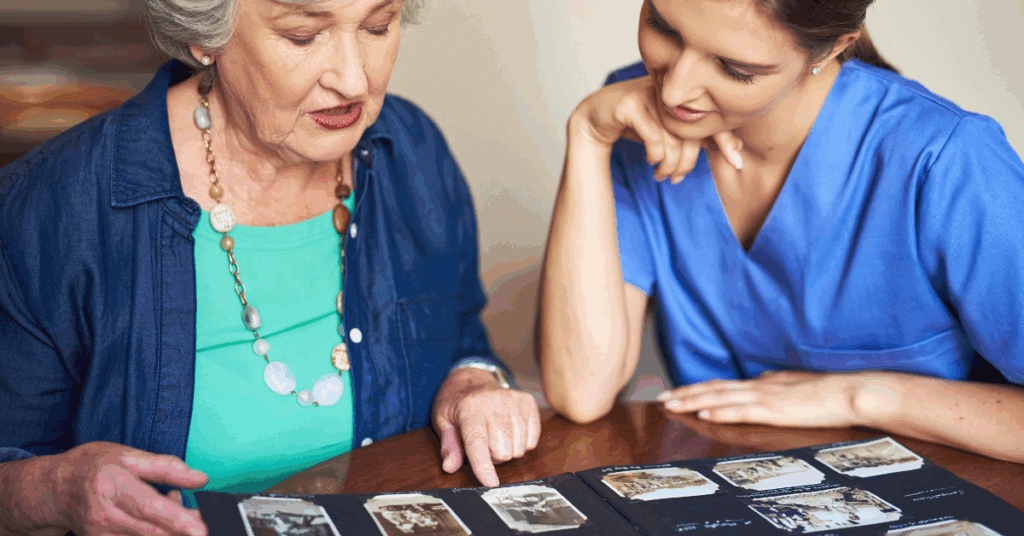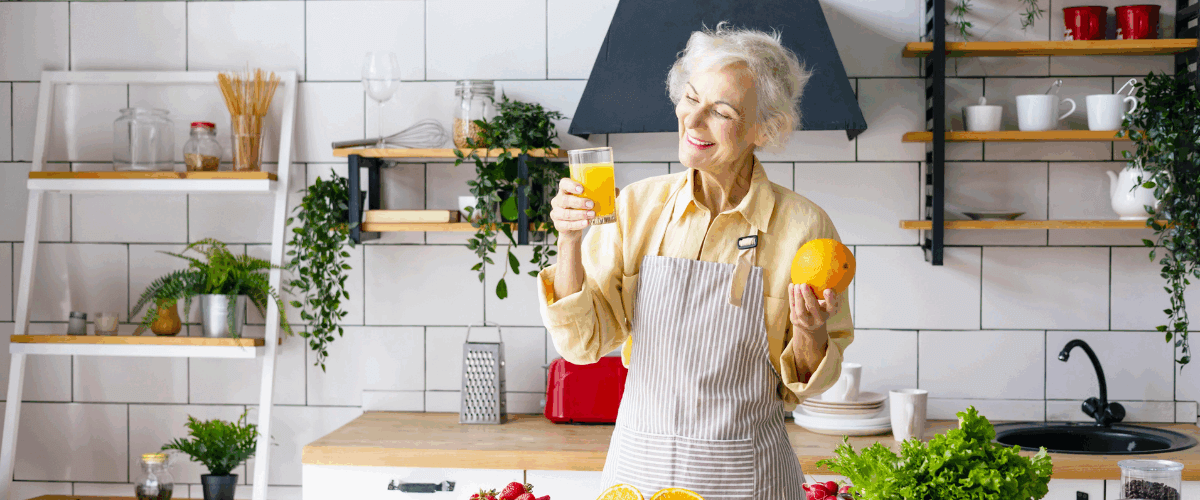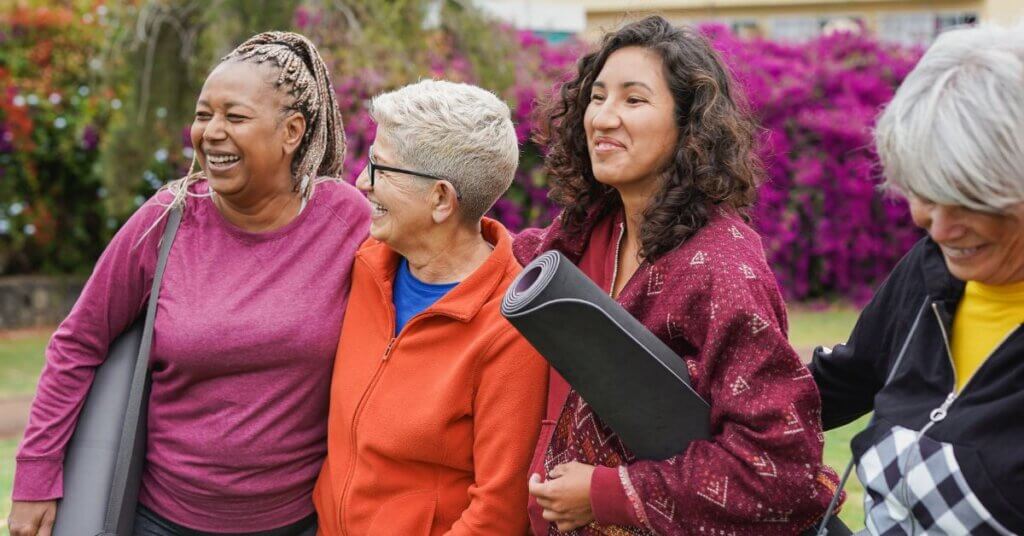
How Does Senior Living Enrich the Lives of Residents?
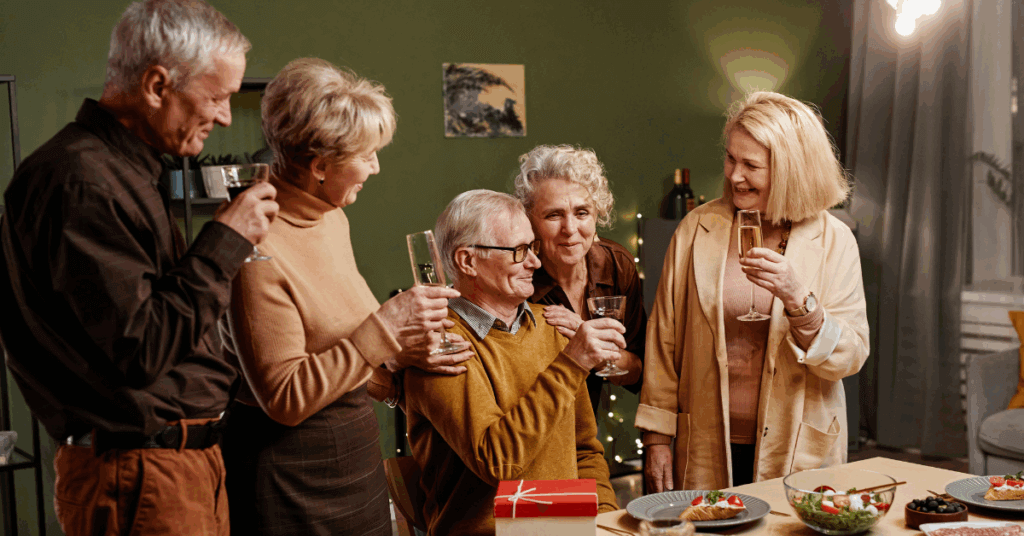
Senior living in Tacoma, WA, provides much more than just comfortable housing and simple care. These vibrant environments make residents’ lives richer in many ways. Shared meals and well-designed communal spaces naturally bring people together. Structured activities give purpose and help residents curb isolation.
Senior living communities transform retirement into vibrant, connected experiences that go far beyond basic care and housing needs.
The benefits of senior living become clearer as residents adapt to a community lifestyle. Mental and emotional health improve through regular social interaction. Resilience and wisdom continue to develop throughout the aging process. Daily positive interactions with peers create a supportive environment where residents enrich each other’s lives.
What are the Most Visible Ways Senior Living Improves Daily Life?
The most visible ways senior living improves daily life center on eliminating the burdens of homeownership and loneliness, instantly replacing them with engagement and comprehensive wellness support.
Life in a senior living community brings amazing changes where residents discover a new sense of purpose and connection through thoughtfully designed spaces and carefully planned activities.
How do shared meals and communal spaces promote connection?
The community dining room becomes the social heart of senior living. Studies show that seniors adults who eat with others report higher life satisfaction and feel happier. (Ewen, H., et al, 2019) These shared meals provide more than just nutrition—they create natural opportunities to build meaningful relationships.
How does the physical environment support well-being?
The design of spaces significantly impacts residents’ health and well-being. Small-scale, home-like environments may lead to better emotional well-being, more social interaction and reduced anxiety, agitation and depression.
Design elements like windows between spaces, shorter hallways and common areas where staff can be present while residents stay independent. On top of that, proper lighting, lower noise levels and good color contrast help with cognitive function and orientation.
Outdoor spaces are vital too. Gardens and patios offer physical benefits through movement and emotional benefits through connection with nature. These elements create complete living environments.
What Factors Influence Friendships and Peer Support in Senior Living?
Seniors need meaningful social connections when they move to community living. Several things shape how these relationships grow and change over time, which affects how residents feel about belonging and their overall well-being.
How do cognitive and physical health affect social ties?
Cognitive health plays a big role in forming social connections and physical health challenges don’t hold people back from making friends in these settings. Some residents find it hard to keep conversations going when they have cognitive issues, which can create barriers. Residents without cognitive issues sometimes avoid talking to those who have these challenges. This creates a divide between these groups, so residents with similar cognitive abilities often stick together.
How does senior living support mental and emotional health?
Quality senior living makes a real difference in mental health. Seniors living in these communities have fewer cases of depression and anxiety than those living alone. These residents bounce back from tough times more easily. This resilience leads to better health and helps them live longer.
Living in a community keeps residents’ minds sharp through social activities. Wisdom grows with age. This includes being more caring, self-aware and emotionally stable. These qualities relate strongly to better physical, mental and cognitive health.
What long-term effects do friendships have on well-being?
Time spent with friends brings unique emotional benefits. Seniors may:
- Feel happier when spending time with friends than family members
- Share fewer stressful stories with friends than with romantic partners
- Have a better mood after meeting friends
These friendship benefits add up over the years and become more valuable as we age. Seniors who maintain strong social connections show much better health results, usually lower blood pressure and stronger immune systems.
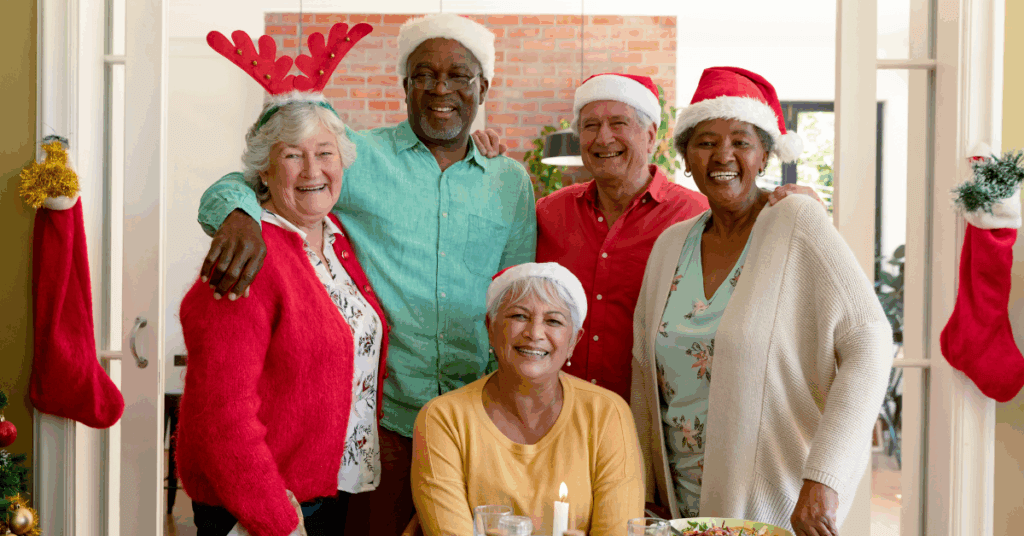
Support and Friendship Can Make a Difference
The environment plays a vital role in residents’ well-being. Spaces with proper lighting, less noise and good contrasts support cognitive function. They create natural opportunities for social interaction. On top of that, outdoor areas offer physical benefits through movement and emotional benefits through nature connection.
Friendships in senior communities become more valuable as time passes. These bonds grow through proximity, shared experiences and similar cognitive abilities. While casual friendships create a broad social network, closer relationships provide emotional support that boosts quality of life by a lot.
Communities that help build both types of connections create the most enriching social environments. Call People’s Senior Living at (253) 474-1741 to schedule a tour. See firsthand how community living can make your retirement years some of the most rewarding and connected of your life.
FAQs
Q1. How does senior living help seniors build social connections?
Senior living communities make it easy to connect with others through shared meals, comfortable gathering spaces and plenty of planned activities. Many residents develop genuine friendships and those who join in on social dining and community events tend to feel happier and more satisfied with life.
Q2. How does senior living impact mental health?
Senior living often has a positive effect on mental health. With less isolation and more access to social engagement, residents typically see lower rates of depression and anxiety. Daily programs, group activities and regular interaction help boost resilience, provide cognitive stimulation and support overall emotional well-being.
Q3. What kinds of relationships do residents usually form in senior living communities?
Most residents develop two main types of relationships: casual acquaintances and deeper companionships. On average, seniors report around 10 acquaintances and about four close companions. Both types of relationships play a big role in helping residents feel connected, supported and part of a community.
